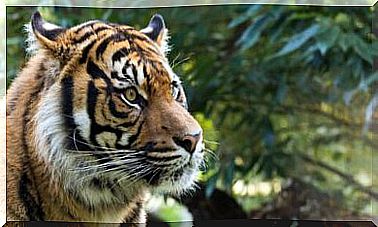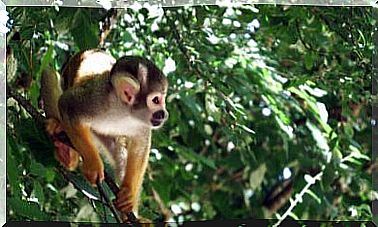Argentinosaurus: The Biggest Dinosaur That Ever Lived
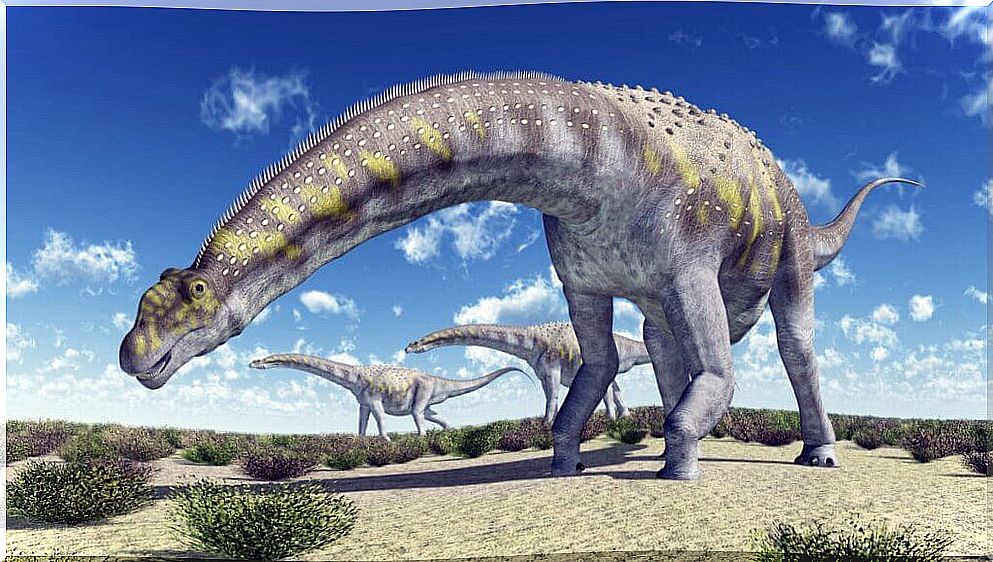
The Argentinosaurus huinculensis is one of the largest land animals that ever existed on this planet. It inhabited present-day Argentina during the late Cretaceous, a period when some of the most impressive dinosaurs emerged, after millions of years of evolution.
Its exact size is a controversial issue, as complete skeletons of this animal have not been found. Despite this, only the femur of Argentinosaurus is already larger than an adult human, which is proof of its immensity.
What does this dinosaur look like in life? How did he reach this incredible size? What did you eat? If you want to learn more about Argentinosaurus, read on.
The sauropods, true giants
Despite being descendants of small dinosaurs, sauropods were the largest animals that ever existed on the Earth’s surface. Their size was so large that even the smallest sauropods were bigger than the rest of the creatures they lived with.
The largest mammals – such as Paraceratherium – reached a fraction of the size of sauropods. Only a few current cetaceans surpass them in size, but these animals live in the aquatic environment, where the influence of gravity is less and the development of large sizes is easier.
The Argentinean belongs to one of the most diverse and widespread groups during the Cretaceous, the Titanosaurs. These sauropods are distinguished from the others by being more robust and heavier, with thicker and shorter necks and tails. Interestingly, the largest titanosaurs were discovered in Argentina.
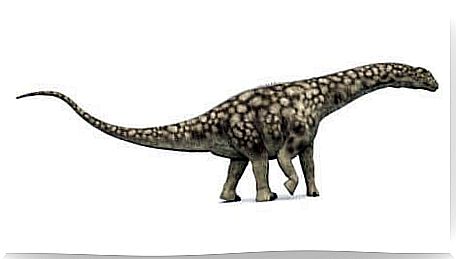
What was the Argentinean like in life?
The fossils recovered from this animal are very fragmented, making it difficult to reconstruct exactly what it would have looked like in life. Despite this, thanks to modern paleontological techniques, experts have proposed hypotheses about its appearance.
Estimates of its size vary widely among authors, but all agree that Argentineanosaurus measured between 30 and 40 meters in length and weighed between 50 and 100 tons, approximately.
This reptile had a long, stout neck, which perhaps could present structures for communication. At the end of this powerful formation, there was a rather small head with pencil-like teeth, which formed a rake with which the animal tore the leaves off the trees.
The paws of these dinosaurs are one of their most interesting aspects, as they have adapted to support an incredible amount of weight from bipedal ancestors. To do this, the fingers are grouped, forming a cylinder that follows the length of the rest of the paw. This gave them the appearance of giant columns.
The Ecology of Argentineosaurus
This titanosaur was found in areas with abundant arboreal vegetation, mainly formed by subtropical forests of conifers, ferns and palm trees. The wooded areas alternated with broad plains. In addition, these ecosystems had flowing rivers that varied seasonally, which gave rise to river plains in some periods.
In these environments, the Argentinosaurus fed mainly on vegetation, which could even consume the treetops, thanks to its huge neck. He did not chew the leaves, but swallowed them directly and crushed them thanks to the gastrolytes – round stones – in his digestive system.
Unlike what happens in today’s large mammals, these dinosaurs didn’t give birth to one or two offspring. Female Argentinosaurs flocked in the breeding season to lay thousands of eggs.
These dinosaurs were very small at birth, measuring about 1 meter and weighing only 5 kilos. But they grew very fast, and over a lifetime they multiplied their size by 5 orders of magnitude, which is a record among amniotes.
How did they get so big?
Sauropods were in an exceptional position to reach this enormous size, thanks to their previous characteristics. In the case of Argentinosaurus, this size is close to the limit of what is biologically possible.
Like dinosaurs, they had pneumatized bones, which made them much less heavy than other animals of the same size. They also had a bird-like respiratory system, more efficient and important in dispersing the heat produced by a massive body.
Oviparity allowed the Argentines to have many offspring, which enabled them to reach large populations with a high turnover rate and a large number of young animals. This is a problem for today’s large herbivorous mammals, among which large size is associated with fewer offspring.
In addition, sauropods had their best-known adaptation: the neck. For a huge animal, one of the biggest limitations is getting enough food to support a giant body. The very long neck, in turn, allowed them to have access to all the vegetation in the middle, which would alleviate this limitation.
Its way of feeding – swallowing without chewing and then processing everything in the stomach – also allowed the animal to consume more food per unit of time. On the other hand, it is possible that the climatic and atmospheric conditions of the Cretaceous were also more favorable to the development of gigantism than today.
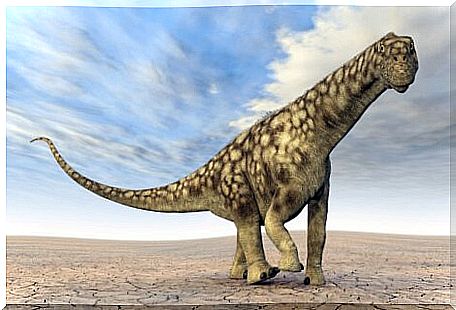
Although Argentinean was one of the biggest dinosaurs, it is not clear which was the biggest of them all. There are several candidates for the title, which are considered the greatest according to different estimates. It will be necessary to find more complete fossils to resolve this issue.




